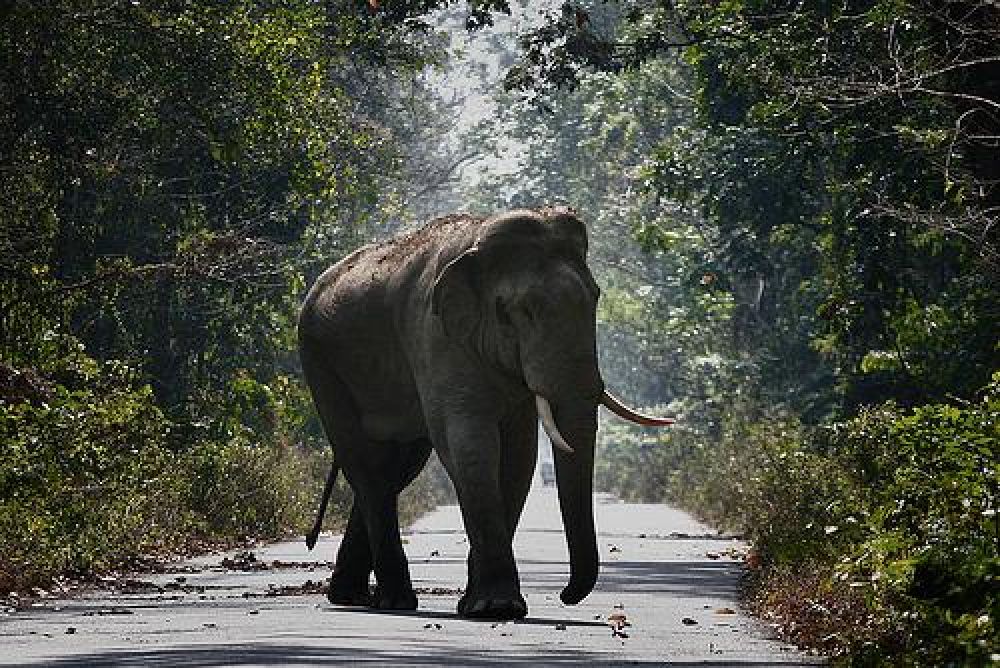

The Chilapata Forests are a dense woodland situated in the heart of the Dooars region at the Himalayan foothills, near Jalpaiguri, West Bengal, India. This lesser-known gem is rapidly carving out a place on the tourism map due to its rich biodiversity and the ruins of a historic fort that add to its mysterious charm.
Tourism in Chilapata Forests is relatively young compared to other well-known destinations in India. It began to take shape with the growing interest in offbeat and eco-tourism during the late 20th century. The forest is adjacent to the Jaldapara National Park which has been a tourist attraction for a longer period due to its population of the Indian rhinoceros. The proximity to Jaldapara and the need for tourists to explore new areas led to the gradual discovery of Chilapata as a tourist destination.
The historical dimension of the area is largely credited to the Nal Rajar Garh - ruins believed to be associated with the Nala Dynasty that date back to the 5th century. These ruins, hidden within the dense forests, lend an air of intrigue and have piqued the interest of both casual tourists and history enthusiasts, contributing to the area's tourism narrative.
With the increasing awareness about the importance of conservation and sustainable travel, eco-tourism has become a significant trend in Chilapata. The pristine natural beauty of the forest, which is a haven for wildlife, including leopards, elephants, and various species of deer and birds, has become a major draw for nature lovers and wildlife photographers. Moreover, several eco-friendly resorts and accommodations have emerged in the vicinity, serving tourists who are seeking to connect with nature while ensuring minimal environmental impact.
Visitors to Chilapata enjoy a range of experiences, such as jungle safaris, guided wildlife tours, bird-watching excursions, and nature walks. Local guides, often from the indigenous communities, offer insights into the delicate ecosystem of the forest and share stories and knowledge about the local flora and fauna.
Chilapata Forests are well-connected by road to major cities like Jalpaiguri and Siliguri, making them accessible to tourists. The nearest airport is at Bagdogra, and the closest railway stations are located at Hasimara and Alipurduar, making it easy for visitors to include Chilapata in their travel plans when visiting the North Bengal region.
Despite its growing popularity, Chilapata faces challenges related to conservation and the need to balance tourism with the protection of the forest's delicate ecosystem. Steps are being taken to promote sustainable tourism practices, limiting the number of visitors during certain times of the year, and emphasizing the need for responsible travel behaviors that do not disturb the woodland's wildlife.
As Chilapata Forests rise in prominence as a sought-after destination for those who seek tranquility and adventure away from the usual tourist trails, it is West Bengal's secret natural treasure. It offers travelers a unique opportunity to immerse in the untouched beauty of the wild and reconnect with ancient history, standing as a testament to the ever-evolving relationship between humankind and nature.